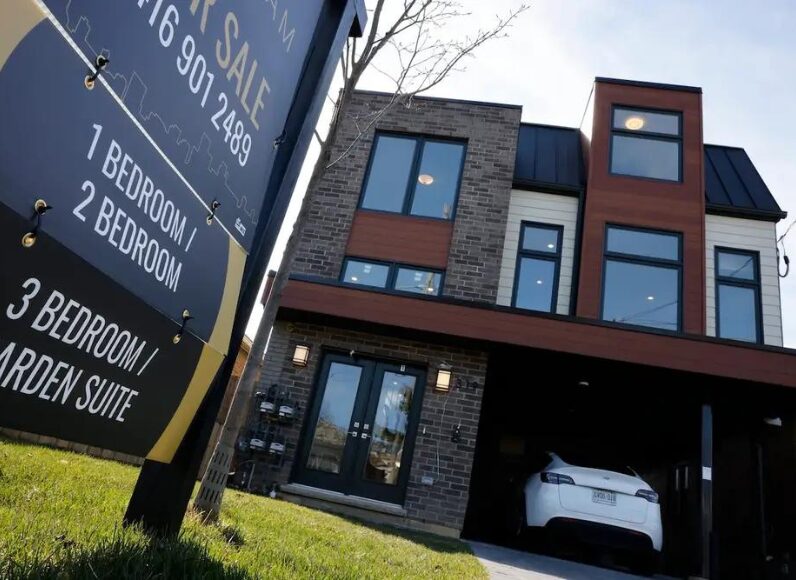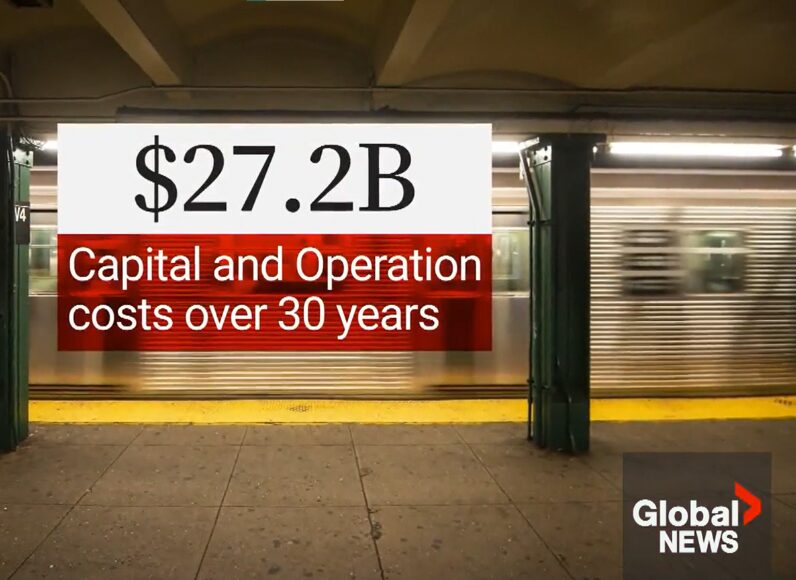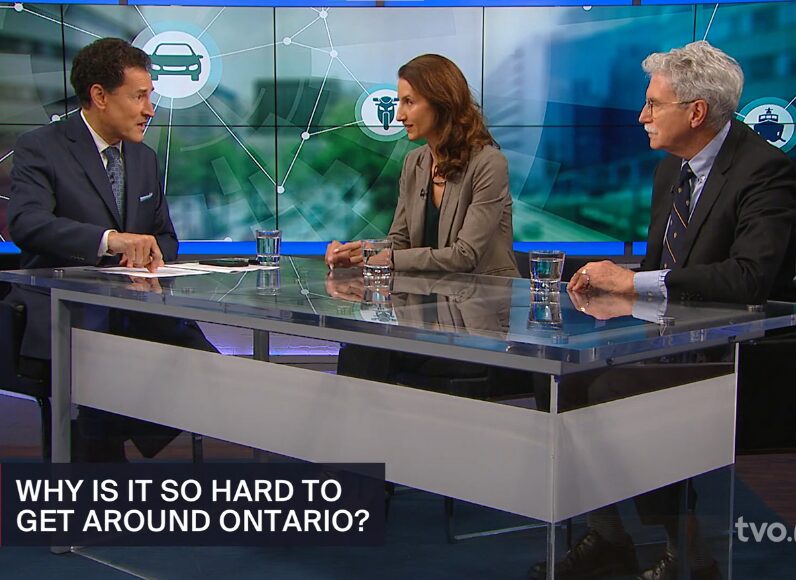By Adam Churchard, Nicole Goodman and Zachary Spicer, and David Wolfe, Innovation Policy Lab, Munk School of Global Affairs
Confronted with challenges such as density, population growth, environmental sustainability, and improving service delivery for residents, cities are increasingly looking to utilize information and communication technologies (ICTs) as a potential solution. Much of this narrative focuses on becoming a ‘smart city’ or adopting smart technologies. The demand for tech-driven solutions to urban problems has also been picked up by the private sector; it is estimated that the smart city technology market will be valued at $757 billion USD by 2020. Despite burgeoning interest and investment, there remains little consensus as to what a smart city actually encompasses. With more than 30 terms used to describe the future city that harnesses technology to improve quality of life for residents, definitional precision is vital to policy development and the decision-making of local governments. Drawing upon scholarly literature and key technical reports, our research employs an evolutionary concept analysis to provide conceptual clarity and develop a better understanding of what a smart city really is.
Evolutionary Concept Analysis is a method employed in health studies, particularly in the field of nursing, with the goal of identifying:
- A concept’s antecedents – the ideas or phenomenon that precede the concept
- Its attributes – the characteristics of the concept; and
- Its consequences – the effects that follow the occurrence of the concept.
We ran searches on 28 databases, and then analysed selected documents, which allowed us to develop a systematic and comprehensive understanding of how smart cities are understood across fields and disciplines, including the private sector. We were also able to better understand the reasons behind smart city adoption and the final outcomes of implementation.
Our analysis reveals several interesting findings. First, the main issues that lead to smart city implementation or development are concerns regarding urban or environmental issues and discussions about the potential of technology to mitigate or help to remedy these challenges. ICTs and Governance emerge as core characteristics of smart cities, suggesting the governance framework local governments employ is crucial to the delivery of intended smart city outcomes. Notably, partnerships and collaboration were the most frequent component of smart city governance, with systems and leadership also frequently mentioned.
This suggests that the deployment of technology is only as good as the people implementing it. It also emphasizes that technology is one part of the solution, but not the panacea to the urban challenges cities face. People and the management of government matter and are crucial to achieving desired outcomes of smart cities.
Regarding key outcomes, the primary consequences revealed by our analysis relate to quality of life issues. Notably, social cohesion and equity, as well as environmental sustainability, emerge as the dominant themes in discussions of outcomes. This suggests that ICTs are simply the means to realizing the people-oriented ends of smart cities. The end goal of smart cities is really about fostering improved quality of life for residents. While technology is a factor for deciding to pursue smart city development, and a key characteristic of a smart city, it’s not part of the consequences. These findings are important for governments as they reform policy and expend resources to adopt smart city models, but they are not enough.

Figure 2: Consequences of a Smart City
While understanding academic and private sector perspectives of smart cities is important, the voices that should matter most are often left out of such research. Despite the fact that many smart city developments are executed to improve residents’ quality of life and provide citizen-centered service, to our knowledge no studies, and few governments, actually connect with citizens regarding which aspects of a smart city they believe will improve their quality of life. This is where our research makes an important contribution to our understanding of smart cities and public discourse on the topic: the next part in our study will investigate what a smart city is from the perspective of Canadians.
We recently completed a representative survey of 3,000 residents in Canadian CMAs and are currently conducting a similar surveys of administrators and elected representatives in all 33 CMAs to better capture perspectives of what makes a city smart. Findings from this research will clarify our understanding of the current state of smart city development and provide a picture of how citizens envision a smart city and what will genuinely improve their quality of life. By comparing residents’ point of view with that of bureaucrats and elected officials, we will be able to identify areas of alignment, or lack thereof, between where local and regional officials are leading the development of smart cities and how this measures up to the vision of the residents of their cities. Overall, the project provides a fresh perspective and much needed clarity to this important (and growing) field. This work will enable scholars, policymakers and residents to more clearly understand what a smart city really is.
The content and figures used here come from a working paper entitled, “Conceptual Clarity in Smart Cities Research” which was recently presented at the CDO Annual Meeting in Montreal and the Annual Meeting of the Canadian Political Science Association in Toronto. This study is part of a larger project called Creating Digital Opportunity led by Professor David Wolfe at the University of Toronto and funded by a $2.9M Social Sciences and Humanities Research Council Partnership Grant. Oxford MA student Peter DeMaio also contributed to this research. AskingCanadians – the largest online research panel in Canada with over 1 million members, carried out surveys of residents and local government officials.








